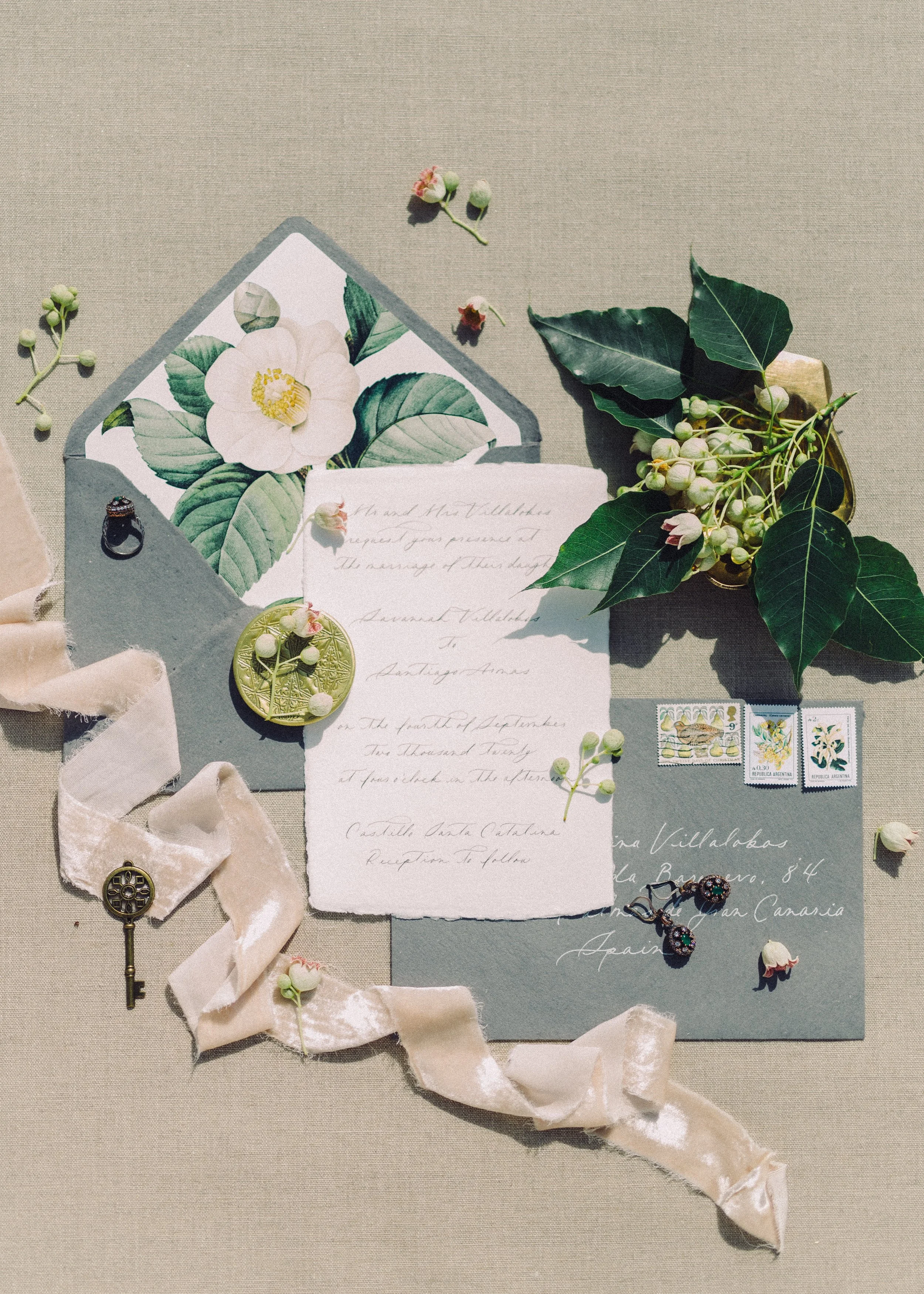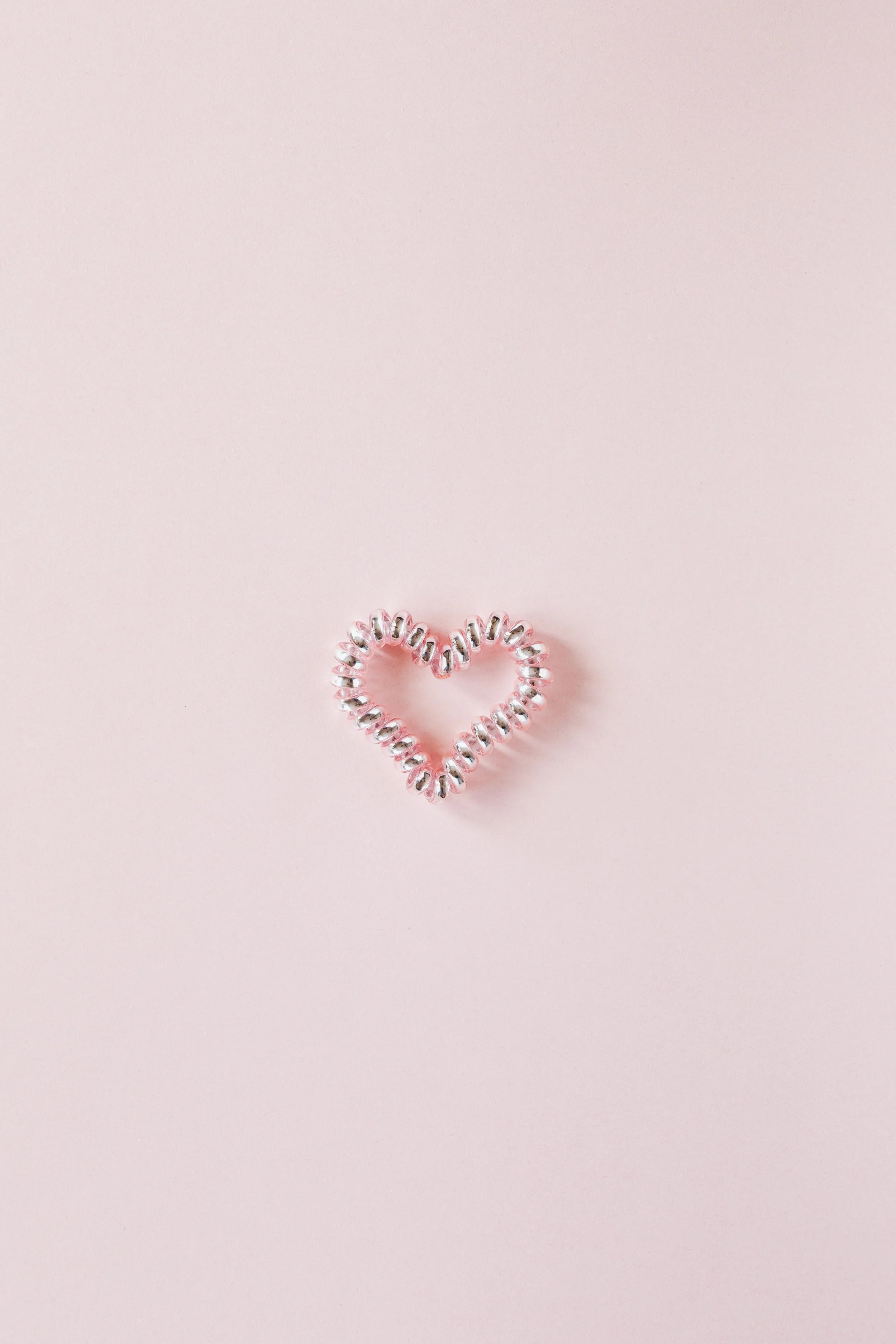
Week 8 - The rest of your life
This week we’re focusing on taking the tools and practices you’ve learned in the course forward into the rest of your lives, and on building a mindfulness toolkit for life.
Home practice - week 8
Meditation - keep on practicing any meditation you like from the course, or any other ones you find.
As a guideline, try to practice a minimum of 10mins twice per day in a “formal” (sitting, lying, or standing) mindfulness practice.
Mindfulness in Action - keep on practicing choosing to respond rather than react (and go back to week 7 if you need a reminder of some helpful tips).
Reflective exercise - As you come to the end of this course, the invitation is to write yourself a letter that you would love to receive, reminding yourself of all the things you have gained from this course, and mentioning all YOUR qualities and ideals. What encouragement or kindness would you like to hear from yourself, to help you in months to come? There is no template for this letter - no “right” or “wrong” way to go about it. Feel free to draw pictures, use colors and any materials that inspire you. Use beautiful paper, include any mementos or objects that have special meaning to you from this course, from special moments or from close friends.
Once you've written your letter, seal it in an envelope, address it to yourself and put a stamp on it, then give it to a friend to post back to you in a few months or even a year (if it’s a very organized friend!) Or you can hide it in a special hiding place and have a reminder in your calendar (including where the special hiding place is!) Or you can write a letter to yourself at FutureMe.Org and choose a date at which it will be emailed back to you.
Perhaps you will enjoy it so much that you make it a regular occurrence and send yourself a letter every few months or every year on your birthday.
Your mindfulness toolkit
As you know by now, being mindful and practicing mindfulness does not involve sitting and twisting your legs into a pretzel - unless you really want to!
I would encourage you to keep on creating your mindfulness toolkit.
What are the practices you have most enjoyed? Do more of that!
Is there anything or any (in)activity that come to mind that can take 5-10mins and that are easily incorporated into your “cultivating well-being” menu? What about listening to a favorite piece of music, or reading a poem you love? Can you simply go outside and put your hands or your feet in the grass? Can you look around your office or living space and find one object that you rarely notice and pay attention to it, reminding yourself why it is important to you, or perhaps call the person who gifted it to you?
Do you want to treat yourself to an afternoon in a museum, or will you finally take those tango / mosaic / drawing / sculpture classes you have dreamed of taking for so long?
You can also start a mindfulness journal, go on a retreat, attend a mindfulness group near you, come back to this 8-week course when I teach it, or check out other teachers and mindfulness meditations.
Whatever it is - remember from time to time that you are here to create a life that you love, and that loves you back.
Instructions for living a life:
Pay attention.
Be astonished.
Tell about it.
~ by Mary Oliver, excerpt from her poem Sometimes, from Red Bird
Tips to sustain a daily formal meditation practice
Do some practice, no matter how brief, every day.
Internationally respected meditation teacher, Joseph Goldstein, recommends that his students sit down to meditate every day – even if only for 10 seconds. Experience suggests that, most often, those 10 seconds will be enough to encourage you to sit longer.
If at all possible, do the practice at the same time, in the same place, each day. That way it just becomes part of your daily routine, like brushing your teeth.
View practice like caring for a plant. Give it a little water each day rather than a bucketful each month.
See practice as a way to nourish yourself, rather than another thing on your “to do” list. Remember, though, that it won’t always feel nourishing – as much as you can, let the practice be as it is, letting go of ideas of how it should be or of regarding it as part of a “project” of self-improvement.
Explore ways to inspire and re-inspire yourself to practice. Re-read the workbook, read other books or listen to talks and guided meditations.
Explore ways to practice with other people. This is one of the most powerful ways to keep your practice vital and alive.
Remember you can always begin again! The essence of mindfulness is letting go of the past and starting afresh each moment. If you haven’t practice for a while, rather than criticizing yourself and ruminating about why, just begin again, right there and then by practicing a 3-step breathing space.
From The Mindful Way Workbook by J Teasdale, M. Williams & Z. Segal
In closing … no regrets
Bronnie Ware worked in palliative care for many years and was with patients for the last few weeks or months of their lives. In 2009 she wrote an online article about the most common regrets expressed to her by the people she had cared for. The article, also called The Top Five Regrets of the Dying was read by more than three million people around the globe in its first year.
Do you know what the #1 top regret was of people who were dying?
“I wish I’d had the courage to live a life true to myself, not the life others expected of me.”
Now that you have a taste of what a regular mindfulness practice might be like, and how to apply mindfulness in your daily life, it is my wish for you that you continue using the tools that support you and that feel good to you.
May you create and sew a little piece of your mindfulness parachute every day, so that during the challenging moments, and through difficult experiences, you have a soft and safe landing into the present moment and into your body.
Most of all, I wish for you a joyful life with lots of belly laughs and without (many) regrets.
Poem
She let go
She let go. Without a thought or a word, she let go.
She let go of the fear. She let go of the judgments. She let go of the confluence of opinions swarming around her head. She let go of the committee of indecision within her. She let go of all the “right” reasons. Wholly and completely, without hesitation or worry, she just let go.
She didn’t ask anyone for advice. She didn’t read a book on how to let go. She didn’t search the scriptures. She just let go. She let go of all of the memories that held her back. She let go of all of the anxiety that kept her from moving forward. She let go of the planning and all of the calculations about how to do it just right.
She didn’t promise to let go. She didn’t journal about it. She didn’t write the projected date in her Day-Timer. She made no public announcement and put no ad in the paper. She didn’t check the weather report or read her daily horoscope. She just let go.
She didn’t analyze whether she should let go. She didn’t call her friends to discuss the matter. She didn’t do a five-step Spiritual Mind Treatment. She didn’t call the prayer line. She didn’t utter one word. She just let go.
No one was around when it happened. There was no applause or congratulations. No one thanked her or praised her. No one noticed a thing. Like a leaf falling from a tree, she just let go.
There was no effort. There was no struggle. It wasn’t good and it wasn’t bad. It was what it was, and it is just that.
In the space of letting go, she let it all be. A small smile came over her face. A light breeze blew through her. And the sun and the moon shone forevermore.
~ by Safire Rose




